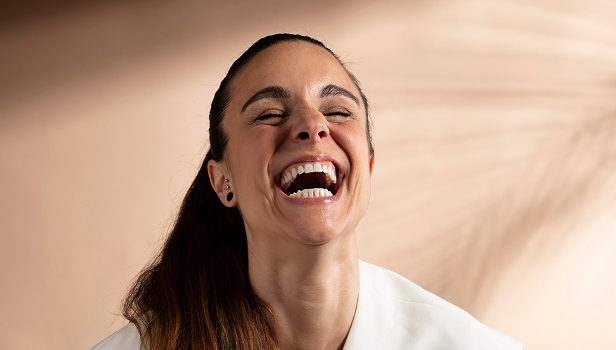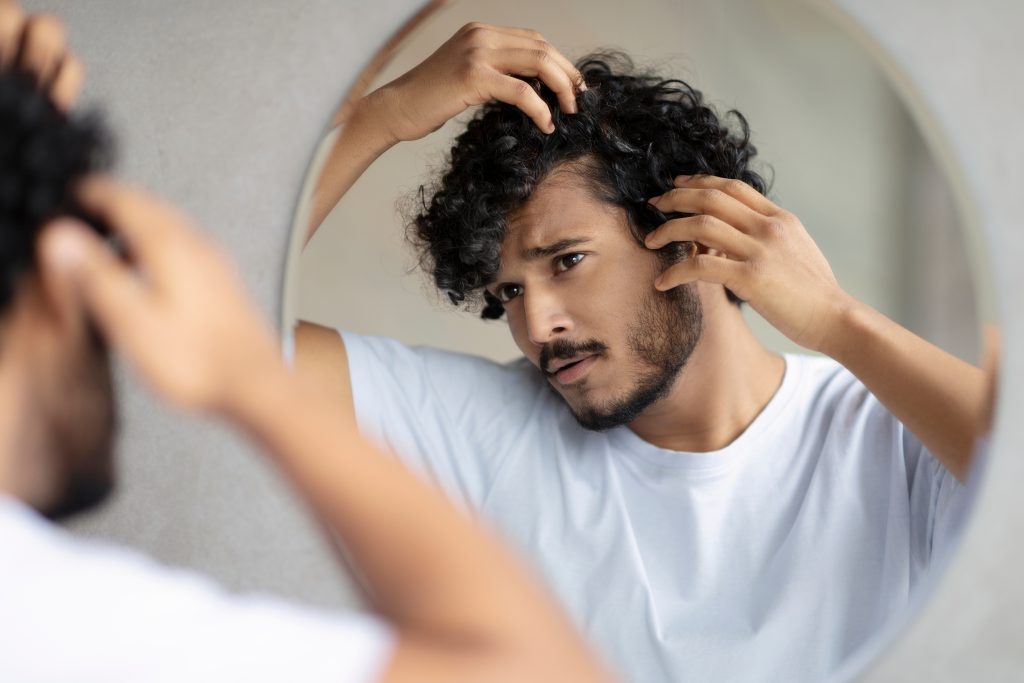We showcase hair transplant results through real patient journeys. See the transformation process and what’s possible. Contact us for a free consultation or download our free catalog.


Before

After
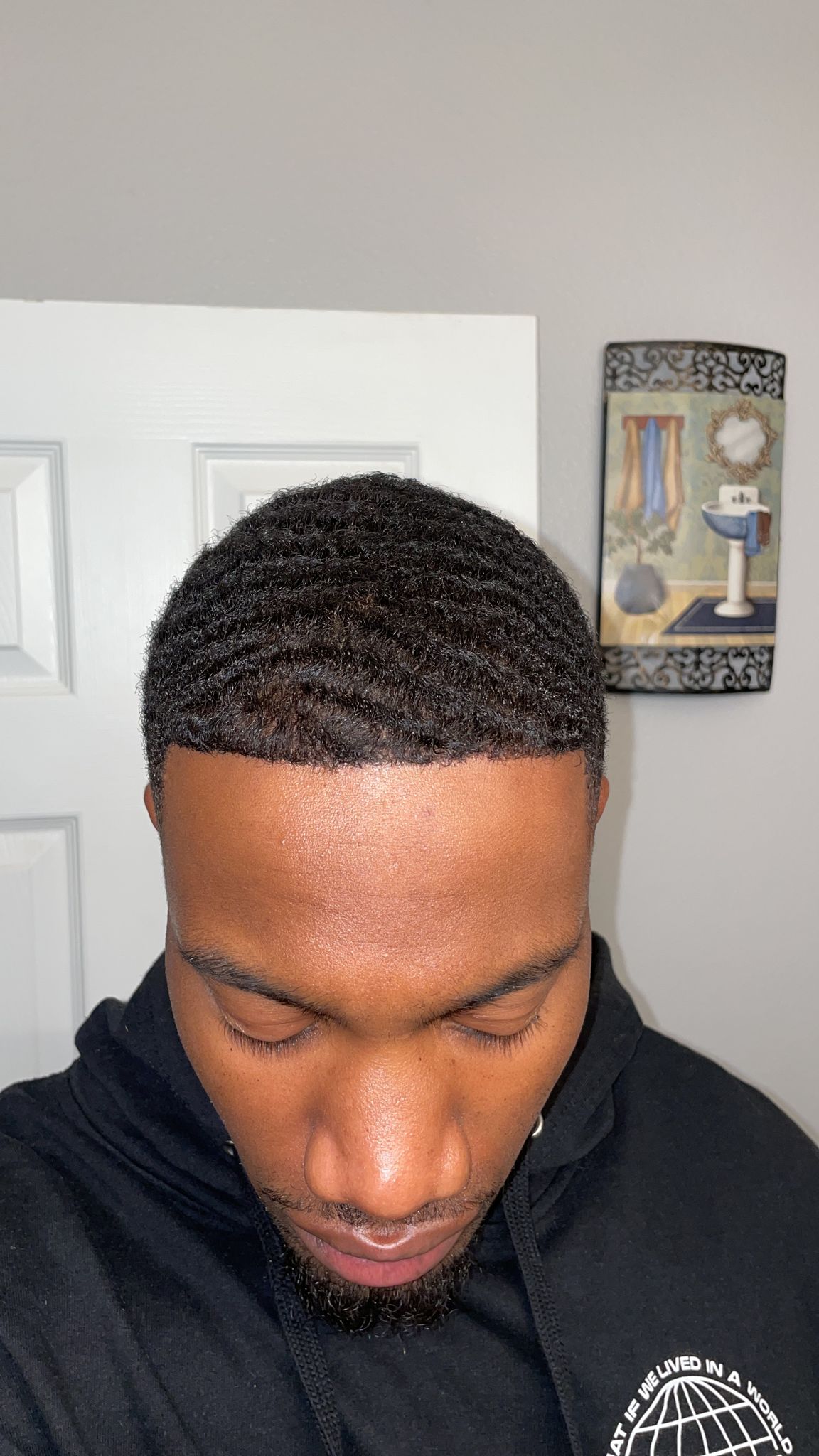
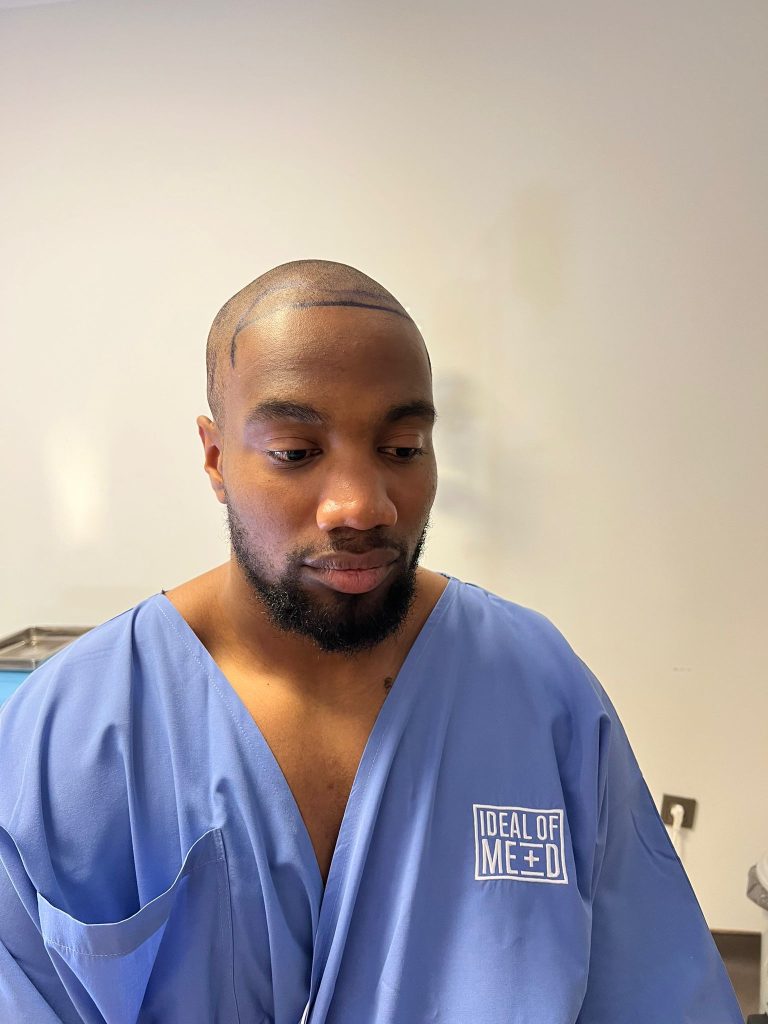
Before
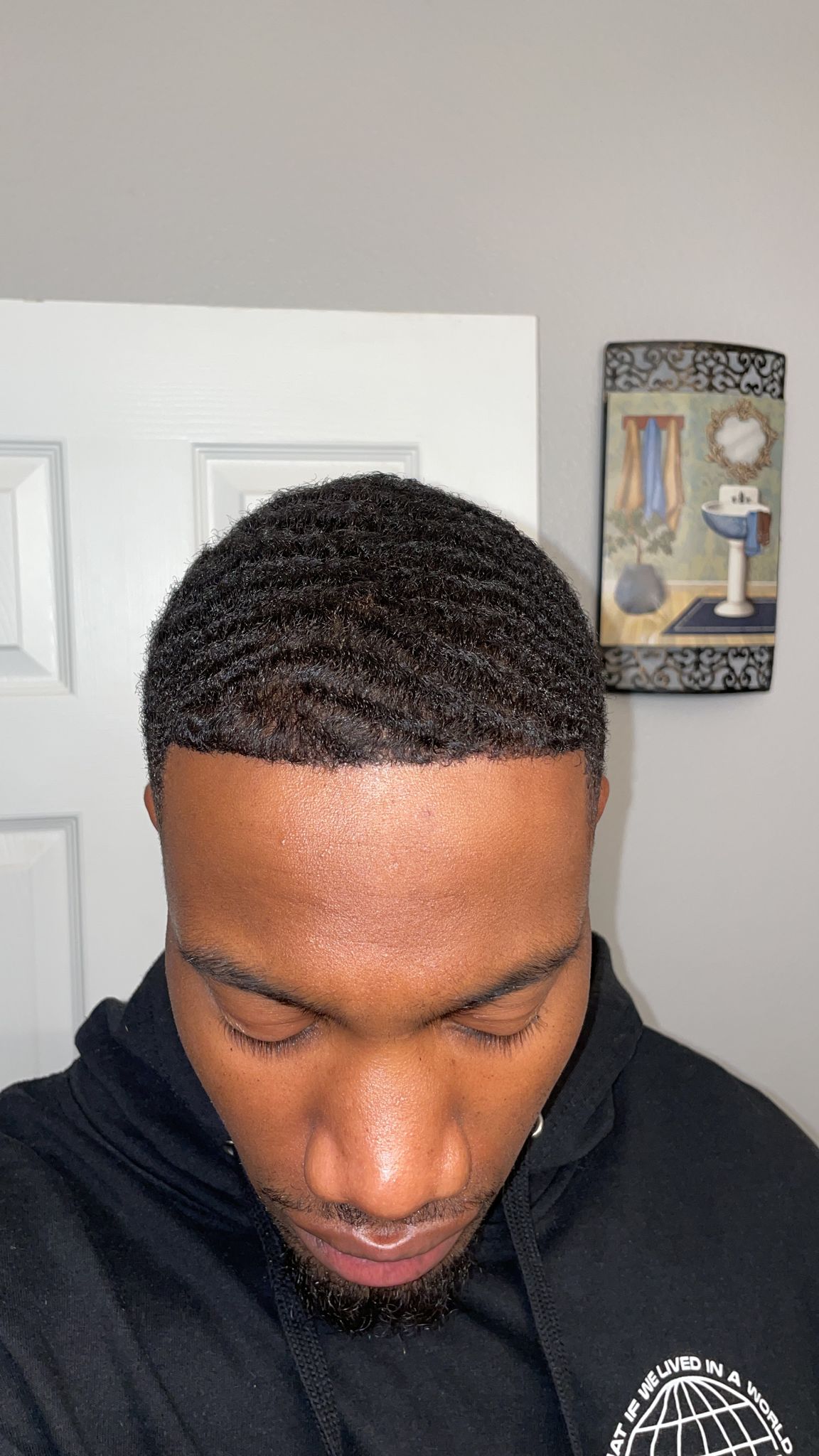
After
What to Expect from Your Hair Transplant Results with Ideal of MeD
At Ideal of MeD, we’re proud to be a top destination for hair transplants in Türkiye—trusted by thousands for our medical expertise, signature FUE + DHI Combination Surgery, and natural-looking results.
A hair transplant is a permanent solution for restoring density and confidence. While results take time, most patients see new growth by 4–6 months, with full results around 12 months.
In the sections below, you’ll find real before-and-after photos from our patients, followed by a clear breakdown of the hair regrowth timeline—so you know exactly what to expect at every stage of your transformation.
Hair Transplant Results: Before and After Photos
Visual evidence is crucial when showcasing the effectiveness of hair transplant procedures. We have carefully curated a collection of before and after photos that highlight the transformations achieved through hair transplantation with Ideal of MeD.
These before and after photos are sorted by the number of grafts, so you can compare cases similar to yours.
When will your final hair transplant results be observed
Hair transplant results vary from person to person, and the timeline for noticeable improvements can differ as well. It’s essential to understand that hair transplant outcomes typically follow a gradual process, and patience is key.
Below is a general timeline for when you can expect to see results:
- Initial Growth (2 to 4 months): In the first couple of months after the procedure, you may not see much change. The transplanted hair follicles go through a shedding phase, which is entirely normal. This shedding occurs as the newly transplanted hair follicles enter a resting phase before they start to regrow.
- Early Growth (4 to 6 months): Around the fourth to sixth month post-surgery, you should start to notice the initial signs of new hair growth. The hair may appear fine and thin at this stage, but it’s a positive sign that the transplanted follicles are taking root and beginning to grow.
- Intermediate Growth (8 to 10 months): As time progresses, the newly transplanted hair will continue to thicken and become more visible. By the eighth to tenth month, you should see substantial improvements in terms of hair density and coverage.
- Final Results (12 to 18 months): It can take up to a year or even 18 months for the full results of a hair transplant to become apparent. By this time, the transplanted hair should have thickened and matured, closely resembling the natural hair in terms of texture and appearance.
- Long-Term Growth (Beyond 18 months): Hair transplant results continue to improve over time. Beyond the 18-month mark, you may experience continued growth and increased density in the transplanted areas. Some individuals even report ongoing improvements for several years after the procedure.
Keep in mind that individual experiences may vary due to factors such as the type of procedure, the quality of the donor hair, the skill of the surgeon, and the patient’s overall health. It’s crucial to maintain patience and adhere to post-surgery care instructions during the recovery period to optimize your results.
Factors Influencing Your Hair Transplant Results
Achieving successful hair transplant results depends on a combination of medical technique, artistic judgment, and surgical precision. One of the most important elements is hairline design. A well-designed hairline frames the face, restores balance, and—most importantly—looks natural as you age. When hairlines are too straight, too low, or designed without considering the patient’s age and facial structure, the results can appear artificial.
At Ideal of MeD, hairlines are always drawn by hand by experienced surgeons, taking into account factors like facial proportions, hair loss patterns, and long-term aesthetics. This level of customization is essential to ensure that the results not only look good now but continue to age naturally over time.
Another key factor is graft survival—the percentage of transplanted follicles that successfully take root and grow. Graft survival can be affected by how quickly the grafts are handled, how they’re stored, and the coordination of the surgical team. Thanks to our location in Türkiye we have the advantage of a larger, well-coordinated medical team, allowing for faster graft placement and greater precision, which in turn supports higher survival rates and stronger outcomes.
Hairline Design
Creating a natural-looking hairline is one of the most critical—and technically demanding—aspects of achieving successful hair transplant results. It’s not just about restoring hair; it’s about restoring harmony to the face in a way that feels authentic, not obvious.
Hairline design is a meticulous, manual process at Ideal of MeD. Our experienced surgeons draw each hairline by hand, tailoring it to the patient’s unique facial structure, age, gender, and hair goals.
- Facial Structure: The shape of the forehead, temples, and jawline all influence the ideal placement and curvature of the hairline. For example, a high forehead might call for a slightly lower line to achieve balance, while in other cases, a more conservative placement ensures a result that will age naturally over time.
- Personal Preferences: Some patients prefer a straighter, more angular look; others want a softer, rounded contour. During consultation, we discuss these preferences in depth to create a design that aligns with the patient’s vision—while maintaining natural growth patterns and long-term realism.
Graft Survival and Growth
The success of a hair transplant doesn’t just depend on how many grafts are transplanted—it hinges on how many survive and grow. At Ideal of MeD, we use advanced tools like ICE graft preservation systems and rely on highly trained, coordinated teams to ensure that each graft has the best possible chance of thriving.
Several factors play a role in graft survival, and understanding them can help you appreciate the level of care and precision that goes into each procedure.
Blood Supply: Once grafts are implanted, they need to connect with the blood supply in the scalp to receive nutrients and oxygen. To support this, surgeons must carefully control the size, depth, and spacing of the recipient sites, ensuring each graft has the conditions it needs to survive and grow. The angle and direction of implantation also matter—they must mimic the natural flow of your hair to promote natural-looking results.
Graft Quality and Handling: High-quality grafts are essential for strong outcomes. Using the FUE and/or DHI method, we carefully extract individual hair follicles with minimal trauma. From there, precision is everything. Grafts are handled delicately, never crushed or dehydrated, and are kept in temperature-controlled ICE machines that preserve cellular health and viability.
Expert Graft Placement: Even perfect grafts won’t survive if they’re poorly placed. Our surgeons and technicians work in synchronized teams, allowing us to implant grafts quickly, before they begin to deteriorate outside the body. Speed is critical here—but so is precision. Each graft is placed at the right angle and direction to match natural hair patterns and ensure high survival rates.
Post-Operative Care: What happens after surgery is just as important. Proper post-op care—including gentle scalp handling, medications, and rest—helps create the ideal healing environment. Patients who follow post-op instructions closely tend to see better growth and higher overall graft survival.
24/7 specialist advice & support
Would you like to learn more about our hair transplant solutions? Contact our specialists today—they’re here to answer your questions, guide you through the process, and help you achieve the best possible hair transplant results.
we are online
The Natural Hair Growth Cycle
The hair growth cycle consists of 3 phases and this is consistent with both natural and transplanted hair. These phases are known as the telogen, anagen, and catagen phases. Let’s look at what happens during each phase and roughly when you can expect to start seeing progress in your hair transplant results after your procedure.
- Telogen Phase
Your newly transplanted hair will automatically The telogen phase is the resting phase in which the hair does not grow but remains affixed to the hair follicle. Once the telogen phase comes to an end, the hair follicle enters the anagen phase and new hairs begin to develop. The telogen phase is widely considered the shedding phase and typically lasts for about 3 months before the hair enters the anagen phase.
- Anagen Phase
The anagen phase is considered the growing phase. Melanin is produced within the hair bulb, defined as the base of the hair follicle in which living cells split rapidly and force the dormant hairs, called club hairs due to the shape of their roots, out of the follicle which is a tunnel-shaped pouch in the epidermis from which hair grows. This results in visible hair growth and increased hair density. The melanin produced in the hair follicle during this phase is made up of concentrated pigment cells known as melanocytes and these cells position themselves around the follicles, determining the colour of the new hairs. The anagen phase will last roughly 5 years before the catagen phase kicks in.
- Catagen Phase
The catagen phase is the transition phase in which the hair stops growing and detaches from the base of the follicle, known as the hair bulb. The hair bulb begins to strip down which results in a shorter hair follicle. The catagen phase begins once the anagen phase concludes and tends to last about 10 to 14 days. Throughout this period, the hair follicles shrink, the rate at which hair grows begins to slow and the hair detaches from the bottom of the bulb but stays in place during its final days of growth.
Additional treatments designed to boost hair growth and wound recovery
Following your operation, our Ideal of MeD. team and Senior Patient Coordinator will take the time to evaluate each step of the process with you, advise you on the steps you should take going forward to ensure the recovery process is as smooth as possible and provide you with your Ideal Aftercare Box. Some post hair transplant treatments offered by Ideal of MeD. for accelerated recovery include:
- Mesotherapy
Mesotherapy is a non-surgical cosmetic treatment method utilised in aid of hair loss treatment and can be observed in the form of an injection delivering vitamins and minerals to the scalp. In addition, many have observed the powerful effect this form of therapy has on controlling hormonal imbalances affecting hair follicles and the surrounding regions of the recipient zone by delivering high dosages of hair growth stimulating vitamins and nutrients which in turn, improve blood circulation and assist in hair growth.
- Platelet-rich Plasma Treatment
Ideal of MeD. patients have the option to undergo additional treatment, a Platelet-rich Plasma injection (PRP). This treatment involves autologous PRP being retrieved from your blood and spun in a device known as a centrifuge, defined as a device that uses centrifugal force which is a spinning force that results in a movement away from the centre of the device to separate components of the blood.
The use of the centrifuge results in a plasma containing a higher concentration of platelets which will, in turn, release key growth factors that set off a succession of chemical reactions, otherwise known as signalling cascades or biochemical cascades which ultimately maximise tissue repair, speeding up recovery time so that patients can observe their hair transplant results sooner rather than later.
- Hyperbaric Oxygen Therapy
For those who have opted for our premium package (our most popular package) or our executive package, hyperbaric oxygen chamber therapy (HBOT) will be included. HBOT provides patients with both accelerated wound healing and anti-ageing benefits. The HBOT process involves breathing pure oxygen (100% oxygen in comparison to 21% breathed in under normal circumstances) in a pressurized chamber.
Under these circumstances, your lungs are introduced to a significantly greater volume of oxygen which will, in turn, assist your body in key functions such as wound healing. Wounds damage the blood vessels which results in fluid dispersion in the tissues which can be observed in the body’s natural swelling reaction to wounds inflicted.
In this case, we mentioned above that some hair transplant patients experience swelling around the eyes as a result of micro-wounds to the scalp, so following the procedure up with HBOT will reduce post-operational side effects such as swelling and speed up the wound recovery time by encouraging the formation of new blood vessels and delivering higher levels of oxygen to the wounded zone.
HBOT anti-ageing benefits are experienced as a result of the higher levels of oxygen leading to increased development of collagen, defined as the primary fundamental protein observed in the skin and other connective tissues, and new skin cells. The increased oxygen in the body stimulates the production of substances in the cells such as vascular endothelial growth factor which stimulates the formation of endothelial cells leading to the accelerated formation of new blood vessels and enhanced hair transplant results.
Side Effects of Hair Transplantation
The first 12-16 weeks of hair transplantation recovery play a significant role in the outcome of your hair restoration procedure, with postoperative care playing a key role in the healing of the recipient region. During this period, you may experience:
- Temporary swelling around the eyes This temporary swelling is known as oedema, is a mere product of inflammation or fluid retention post-operation. This swelling is your body’s natural reaction to injuries, such as micro-incisions or punch holes inflicted in the recipient area of the scalp during the hair transplant surgery and should diminish within 48 hours.
- Crusting or swelling around the implanted grafts: This is usually first observed around 1 to 3 days post hair transplant. This is a natural consequence of wound healing and can be expected to fade away after 3 to 10 days. In order to avoid compromising your hair transplant results, it is extremely important that you do not pick or scratch which may result in dislodgement of newly implanted follicles, furthermore, leading to a decreased graft survival rate.
- Shock hair loss, otherwise known as shedding: This temporary sudden hair loss is a consequence of trauma exposure to the hair grafts during the hair transplant procedure. Although hair is shed, the dermal papilla remains. The dermal papilla is found in the hair follicle and plays a significant role in hair growth; therefore, the hair will regrow and continue to grow like normal hair. Shedding is usually experienced about 2 weeks post hair transplant; however, it would not be out of the ordinary for you to experience this sudden hair loss anywhere from 1 to 5 weeks post hair restoration surgery. This natural, temporary loss of hair has no impact on your final hair transplant results. You can rest assured that you will start noticing a visible spike in hair growth and density around the 3rd or 4th month of hair recovery. Around this time, you will experience 40-50% of your maximum hair transplant potential growth.
- Numbness in the transplant area: As a result of tiny incisions (FUE) or micro punch holes (DHI) during the hair restoration procedure, it is possible that you may experience temporary nerve damage resulting in numbness in the transplanted area of the scalp. Fortunately, because the nerves regenerate on their own, they will regain normal functioning. A few examples of nerve repair progress include gentle tingling sensations or itching which will subside as regular nerve response returns.
Aftercare is Crucial to Achieving the Best Hair Transplant Results
Achieving the best hair transplant results requires not only a successful surgical procedure but also meticulous aftercare. Proper post-transplant care is essential to ensure that the newly transplanted hair follicles thrive and provide you with the best possible outcome. Here’s a guide to aftercare to help you maximize your hair transplant results:
- Follow Your Surgeon’s Instructions: Your surgeon will provide you with specific post-operative instructions. It’s crucial to follow these guidelines meticulously. They will include information on cleaning, medications, and activities to avoid during the initial recovery period.
- Gentle Cleaning: Keeping the transplant area clean is vital for preventing infection and promoting healing. Your surgeon will advise you on how to clean the area gently. Typically, this involves using a mild shampoo or special cleansing solution and avoiding vigorous scrubbing.
- Avoid Sun Exposure: Protect the transplant area from direct sunlight, especially during the first few months after the procedure. Sunburn or excessive sun exposure can damage the newly transplanted follicles. If you must be in the sun, wear a hat or use sunscreen.
- Limit Physical Activity: Strenuous physical activities that cause excessive sweating should be avoided during the initial recovery period, typically for a few weeks. Heavy exercise can increase blood flow to the scalp, potentially dislodging grafts.
- Medications: Your surgeon may prescribe medications to promote healing and prevent infection. Follow the prescribed medication regimen carefully and attend any follow-up appointments as scheduled.
- Avoid Smoking and Alcohol: Smoking and excessive alcohol consumption can impede the healing process and affect blood circulation to the scalp. It’s advisable to avoid these habits during your recovery.
- Nutrition: A well-balanced diet rich in vitamins, minerals, and protein can support hair growth and overall healing. Consider incorporating foods that promote hair health into your diet.
- Avoid Harsh Hair Products: It’s recommended to avoid using hair products like gels, styling sprays, or dyes on the transplant area during the initial healing phase. These products may contain chemicals that could irritate the scalp.
- Protective Clothing: If you’re exposed to dust or other contaminants, consider wearing a loose-fitting hat or cap to protect the transplant area during the early recovery phase.
- Patience: It’s important to understand that hair transplant results take time. Be patient and realistic in your expectations. New hair growth can start as early as a few months after the procedure, but it may take up to a year or more to see the full results.
Final Thoughts: Hair Transplant Results
In conclusion, the journey to hair transplant results is a remarkable transformation that can restore not only your hair but also your confidence and self-esteem. While the process requires patience, the end result is often life-changing. Watching your hair gradually grow thicker and more natural can be incredibly rewarding.
If you’re considering a hair transplant or have questions about the procedure, we invite you to take the next step towards a fuller head of hair and renewed confidence. Our team at Ideal of MeD specializes in state-of-the-art hair transplant techniques and is dedicated to helping you achieve your desired results.
Don’t wait any longer to start your hair restoration journey. Contact us today to schedule a consultation with our experienced professionals. Let’s work together to help you achieve the hair transplant results you’ve been dreaming of. Your path to confidence and a more vibrant you begins here.
Frequently Asked Questions
It’s normal that you have questions before committing to a cosmetic procedure such as hair transplantation, in fact, it’s encouraged. If you have any questions, our team of hair transplant experts are happy to assist you at your convenience. You can choose to book a free consultation.
Although the exact time period may vary, you will likely see your full transplant results 1 year after your hair transplant procedure. Our Ideal Hair Restoring products used during recovery contain hair strengthening and growth boosting ingredients to ensure you achieve your desired hair transplant results as quickly and smoothly as possible.
Hair growth following your hair transplant is permanent. Once you have healed fully and the hair enters the anagen phase, your hair will continue to grow at the same rate as the rest of your hair. Book your free consultation to get your permanent beard transplant results now!
Everyone’s hair growth rate is different, but most begin to observe visible hair growth just 3 or 4 months following their hair restoration surgery.
To ensure you get the most out of your hair transplant, it is recommended that you massage your recipient area as advised by your surgeon to encourage circulation, commit to healthier eating and lifestyle habits such as avoiding alcohol and nicotine.
Lastly, committing to a consistent and suitable hair transplant aftercare regime consisting of hair-transplant friendly products designed to boost hair growth. Get your hands on our Ideal of MeD. hair restoration products to ensure you benefit from maximised hair growth following your hair transplant procedure.
Yes, it is very likely that you will experience hair loss, known as shedding, after your hair transplant. This ‘shock hair loss’ is temporary and occurs as a result of trauma to the follicles during the procedure itself. Check out our page dedicated to hair transplant results after 3 months to find out more about hair shedding after a hair transplant.
